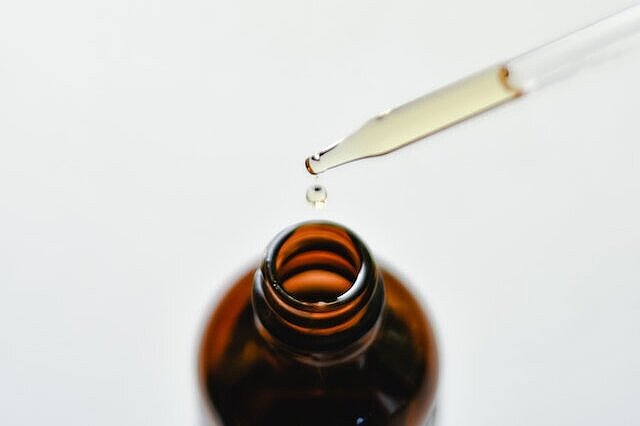Butanols

1-butanol (n-butanol)
2-methyl-1-propanol (isobutanol)
2-butanol (sec-butanol)
2-methyl-2-propanol (tert-butanol)
The butanols differ in their physical and chemical properties, such as melting point, boiling point, density, solubility, flash point and reactivity.
What are butanols?
Butanols are organic compounds that have a hydroxyl group (-OH) attached to a carbon atom. They are alcohols, which play an important role in organic chemistry. Alcohols can be produced by various reactions, such as the hydration of alkenes, the reduction of aldehydes or ketones or the fermentation of carbohydrates.
Butanols occur naturally in many plants and foods, such as bananas, apples, cheese or breast milk. They are also produced during the production of alcoholic beverages through the breakdown of carbohydrates. Industrially, butanols are mainly produced by the hydroformylation of propene with subsequent hydrogenation of the resulting reaction product (butanal).
Butanols have various applications as solvents, fuels or starting materials for the synthesis of other organic compounds.
How do butanols affect dogs?
The effect of butanols on dogs depends on the type, amount and duration of exposure. Butanols can enter the body via the skin, the respiratory tract or the gastrointestinal tract. They are metabolized in the liver and excreted via the kidneys.
Butanols have a similar effect to ethanol (the alcohol in alcoholic beverages), but they are more toxic. They can lead to symptoms of intoxication, such as
- vomiting
- diarrhea
- shortness of breath
- Ataxia (impaired coordination of movement)
- depression
- Unconsciousness
- coma
- death
Symptoms may vary depending on the type and amount of butanol ingested. The lethal dose for dogs is between 0.8 and 5 g/kg body weight. This corresponds to about 10 to 65 ml/kg body weight for n-butanol or 13 to 85 ml/kg body weight for tert-butanol.
Treatment of butanol poisoning in dogs consists of immediate removal of the source, administration of activated charcoal or emetics (if possible), respiratory and circulatory support, and monitoring of vital signs. There is no specific antidote for butanols.
Butanols are a group of four isomeric saturated alcohols with four carbon atoms. They occur naturally in many plants and foods and are used industrially as solvents, fuels or starting materials for other organic compounds. However, they are very toxic to dogs and can lead to severe symptoms of poisoning, which can even be fatal. Dogs should therefore not come into contact with or ingest butanols.
Properties 7
Are you looking for other ingredients with a specific property?
Just click on them to find more.
If you notice any signs of hypersensitivity or poisoning in your dog, you should see your vet immediately. We are not a substitute for a vet, but we try to be as accurate as possible. Every dog reacts differently and we recommend you get a second opinion or consult your vet if in doubt.
Stay healthy and take good care of your four-legged friend!😊
Similar to Butanols
Ethanol can enter the dog's body in various ways. The most common route is oral ingestion, e.g. when the dog consumes alcohol-containing drinks, food or medication. Ethanol can also enter the dog's...
1-Propanol is an organic compound with the chemical formula CH3CH2CH2OH. It belongs to the alcohols and has a characteristic odor. It is a colorless liquid that is highly flammable and soluble in...
2-Propanol is a colorless, highly flammable liquid with a pungent odor. It is an alcohol and has the chemical formula C3H8O. It can be produced from petroleum or propene. 2-Propanol has many...
Chemical basics and use Methanol, also known as methyl alcohol, is a colorless liquid that is notable for its high volatility and characteristic odor. Chemically speaking, methanol is the simplest...



